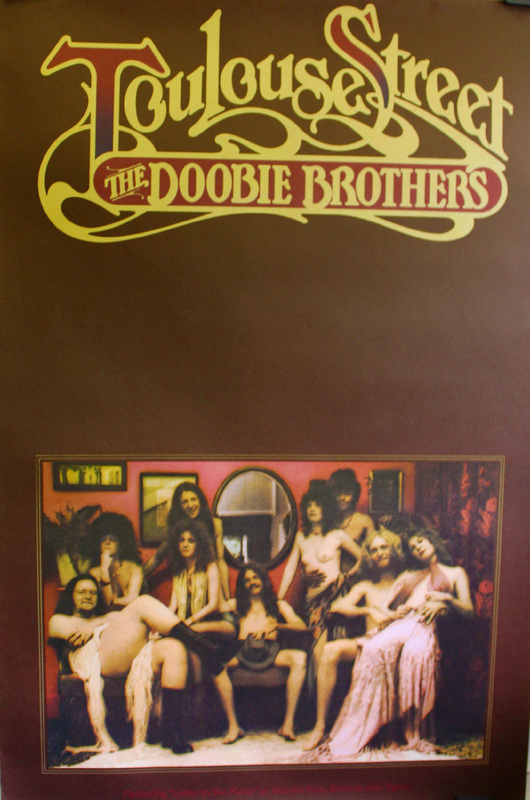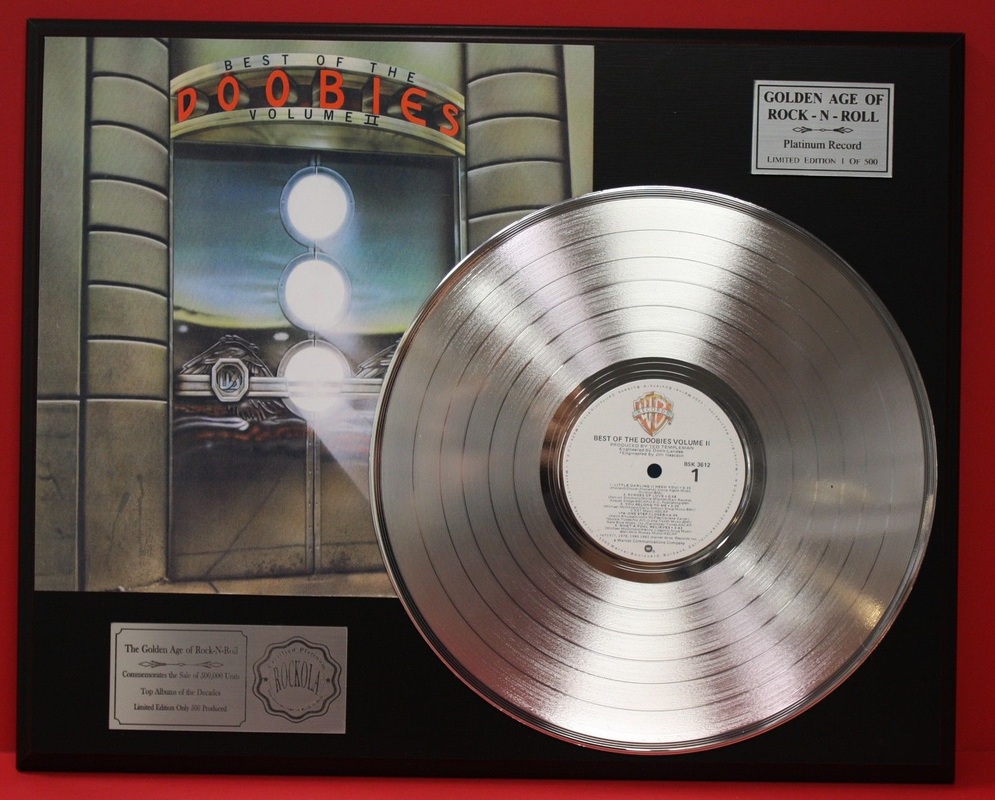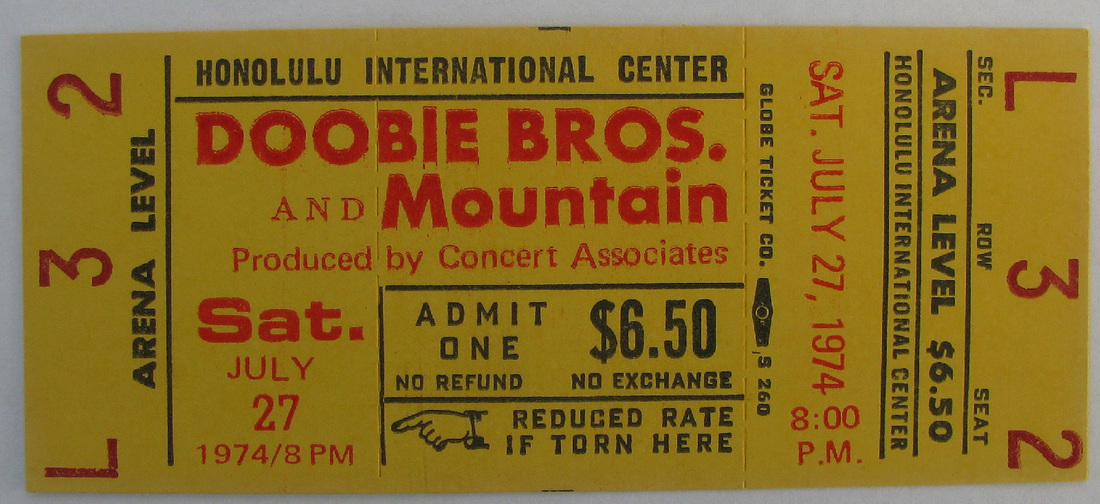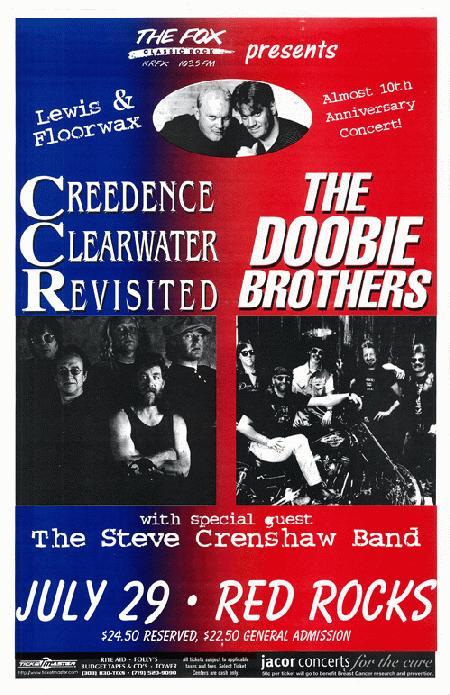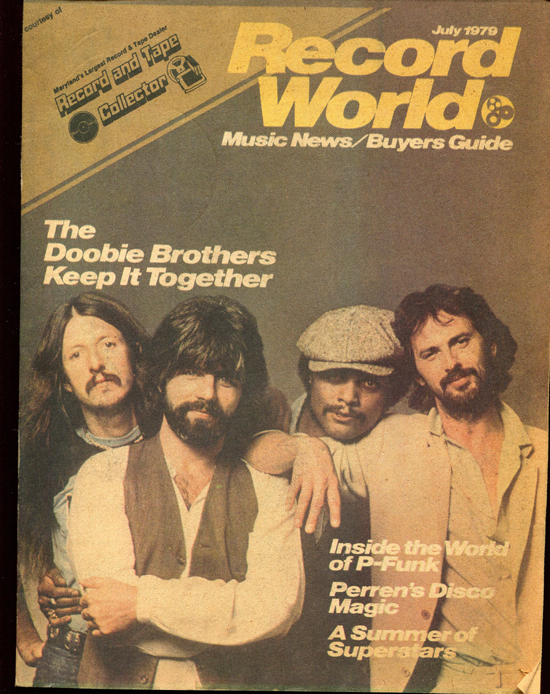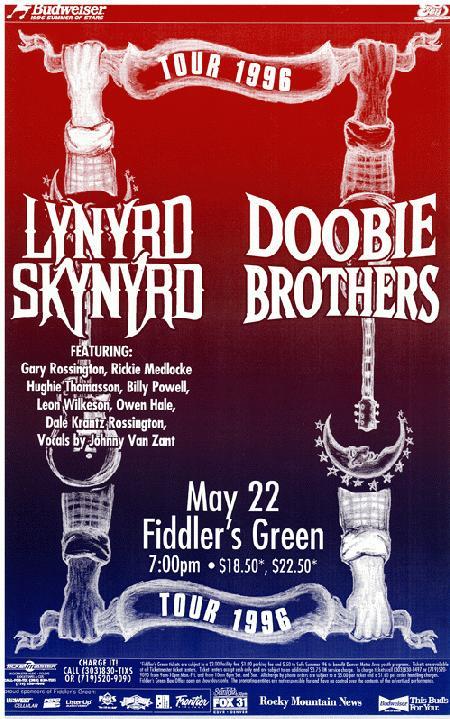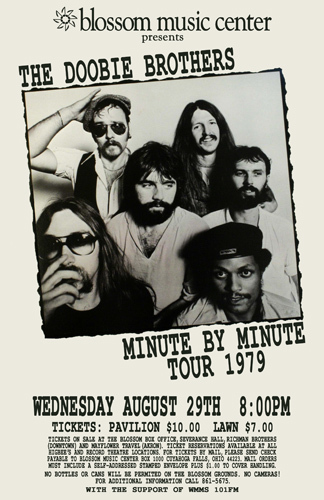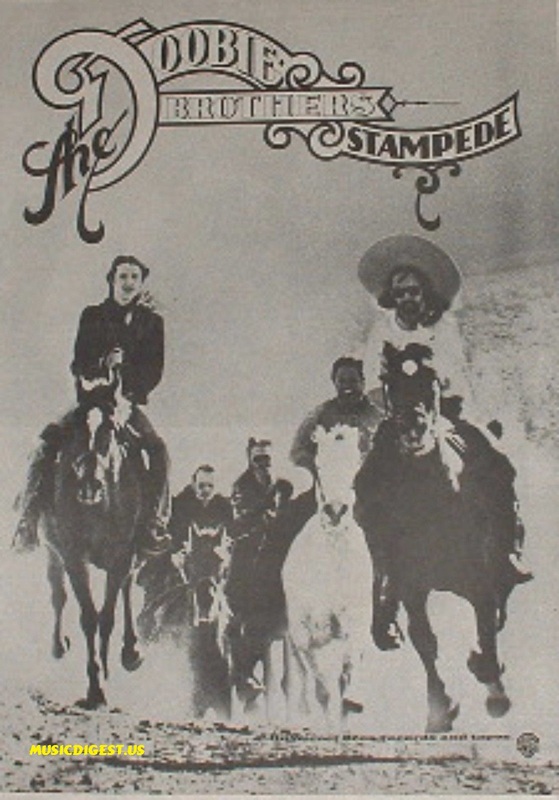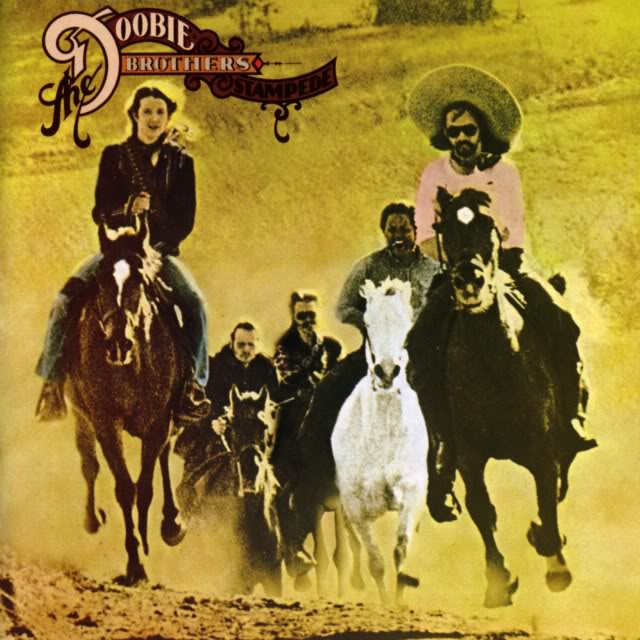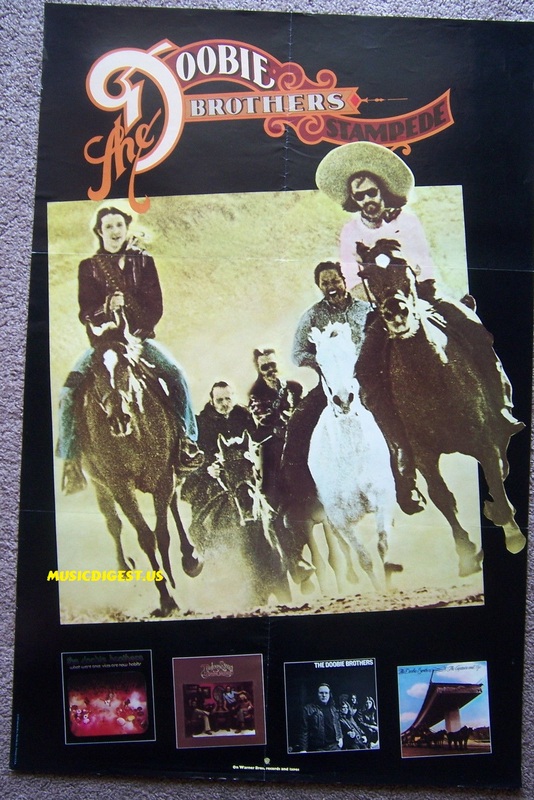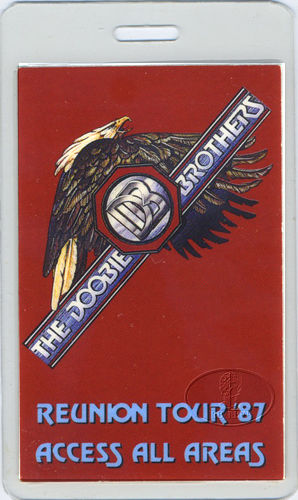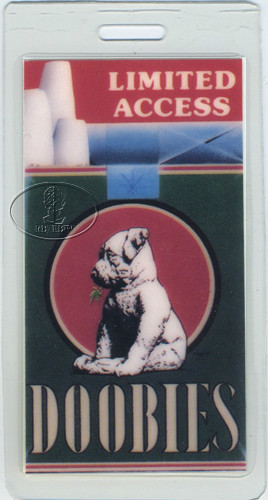Nov 22, 2022: Palm Springs Life: The Doobie Brothers Bring 50th Tour to Acrisure Arena
In a conversation with Palm Springs Life, McDonald, Simmons, and Johnston share their keys to longevity and their new album, Liberté, which desert audiences will hear a few songs from around the classics like China Grove, Listen to the Music, Black Water, and Takin’ It to the Streets, among others.
In a conversation with Palm Springs Life, McDonald, Simmons, and Johnston share their keys to longevity and their new album, Liberté, which desert audiences will hear a few songs from around the classics like China Grove, Listen to the Music, Black Water, and Takin’ It to the Streets, among others.
Nov 15, 2012: High Def Digest: 'Let the Music Play: The Story of the Doobie Brothers' Announced for Blu-ray
'Let The Music Play' is the authorized story of The Doobie Brothers from their beginnings as a biker band in California in 1970, through their breakthrough with Listen To The Music in 1972, sustained success and line-up changes in the mid-seventies and their change of musical direction and further success following the arrival of Michael McDonald in 1976. Worn out by non-stop touring and internal disagreements, the band broke up after a farewell concert in 1982. There were sporadic reunions in the eighties before the band reformed permanently in the early nineties and have continued touring and recording ever since.
'Let The Music Play' is the authorized story of The Doobie Brothers from their beginnings as a biker band in California in 1970, through their breakthrough with Listen To The Music in 1972, sustained success and line-up changes in the mid-seventies and their change of musical direction and further success following the arrival of Michael McDonald in 1976. Worn out by non-stop touring and internal disagreements, the band broke up after a farewell concert in 1982. There were sporadic reunions in the eighties before the band reformed permanently in the early nineties and have continued touring and recording ever since.
|
From wiki: The first and most successful single released from this album was "Take Me in Your Arms (Rock Me a Little While)" on April 23, 1975, a classic Motown tune written by the legendary songwriting trio of Holland-Dozier-Holland. Tom Johnston had wanted to record the song for several years. "I thought that would be a killer track to cover," he said. "It's probably one of my favorite songs of all time. I thought our version came out great." The next single, released on July 8, 1975, was "Sweet Maxine" which was more akin to the Doobie Brothers' earlier hits style-wise. "Pat wrote the music to this and I wrote the words, " Johnston recalled. "And Billy Payne had a lot to do with the sound of the song, because of his incredible keyboard playing." The track stalled at #40 on the Billboard charts.
The third and final single was Patrick Simmons' "I Cheat the Hangman", released November 12, 1975. It is a somber outlaw ballad that was inspired by the story An Occurrence at Owl Creek Bridge by Ambrose Bierce. "It's about a ghost returning to his home after the Civil War and not realizing he's dead," said Simmons about the song. The album version of the song is a progressive rock-style composition ending in a twisted collage of strings, horns and synthesizers made to sound like ghostly wails. "We'd cut the track, and we kicked around how to develop the ending-I thought about synthesizers and guitar solos. Ted [Templeman] got to thinking about it, and he ran it past [arranger] Nick DeCaro for some orchestration ideas. 'Night on Bald Mountain' by Mussorgsky really inspired the wildness of the strings, and Nick came up with the chorale thing at the end." The ambitious "I Cheat the Hangman" only managed to reach #60 on the music charts. "Neal's Fandango", inspired by the Santa Cruz mountains was occasionally played on San Francisco Bay Area classic rock station KFOX because of the Doobie Brothers' South Bay roots. |
